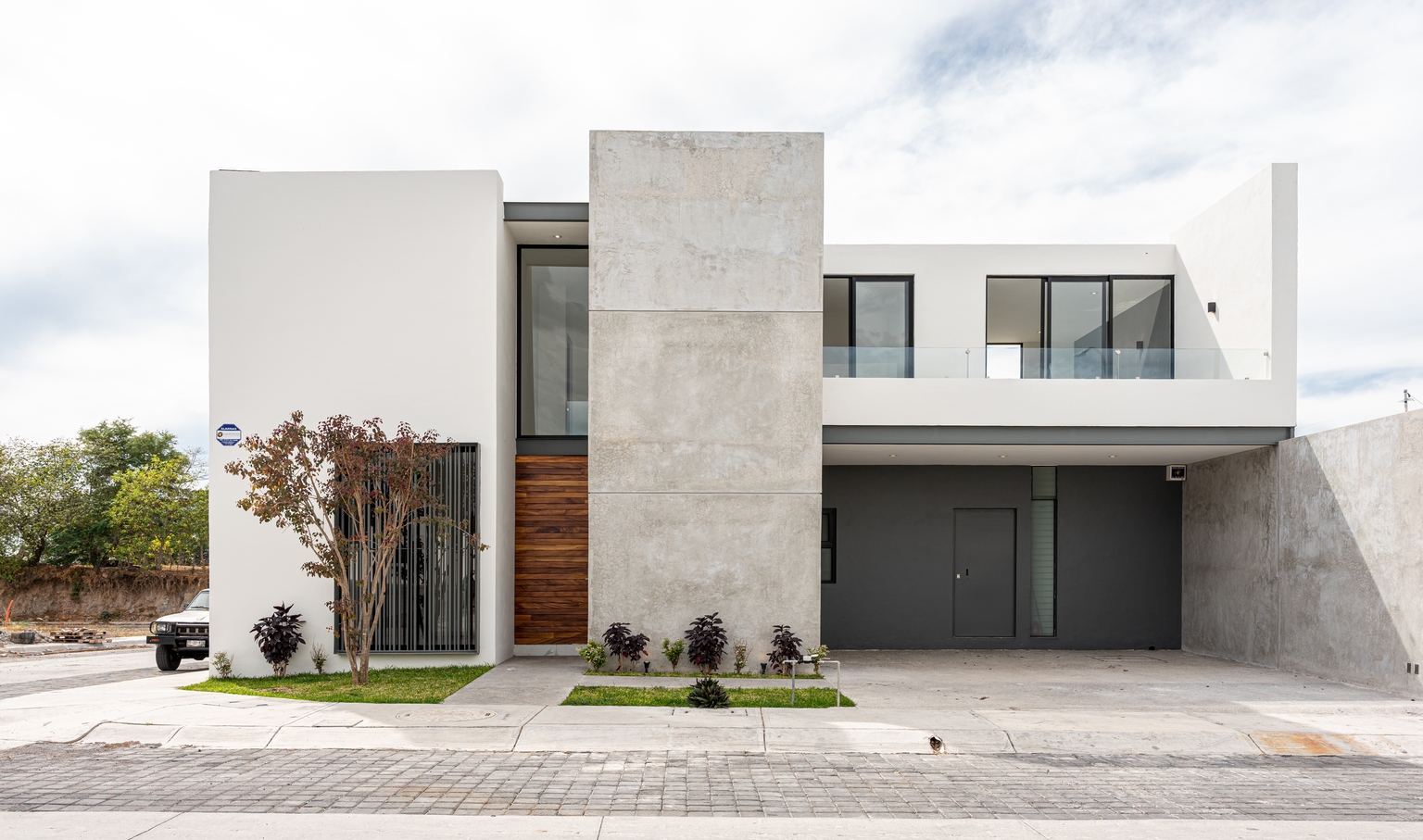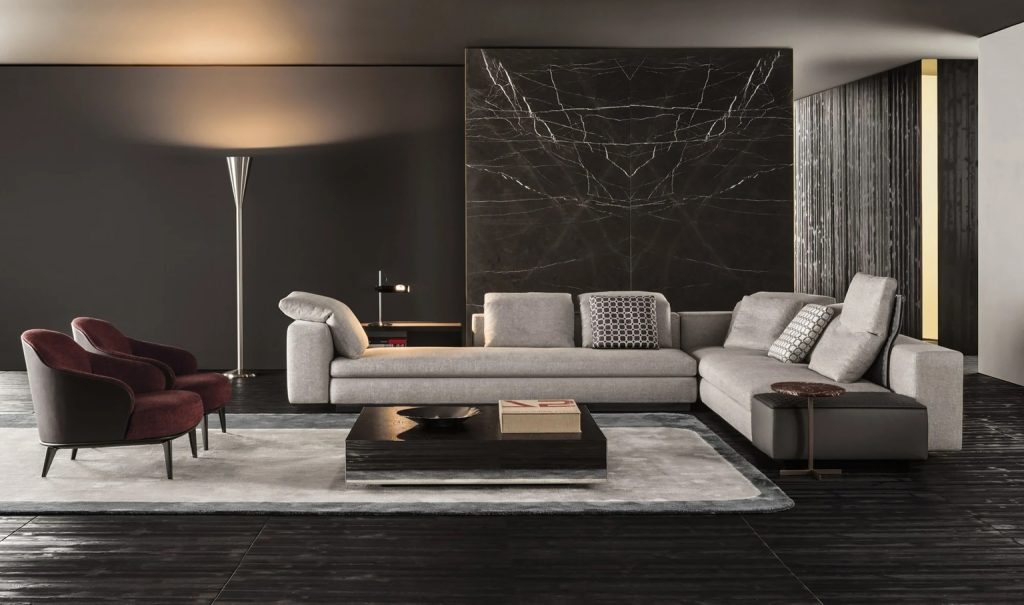In urban environments, high-density residential areas face unique challenges, one of the most pressing being noise pollution. This issue can affect the quality of life for residents, leading to stress and even long-term health complications. Effective noise pollution mitigation strategies are essential in high-density fit-out projects, where multiple households are in close proximity.
Understanding Noise Sources in High-Density Residential Projects
Noise in residential settings comes from various sources. Common issues include traffic noise from outside, sound transmission between units, and noise from common areas like hallways or elevators. Mechanical systems, such as HVAC units and plumbing, also contribute to the overall noise levels.
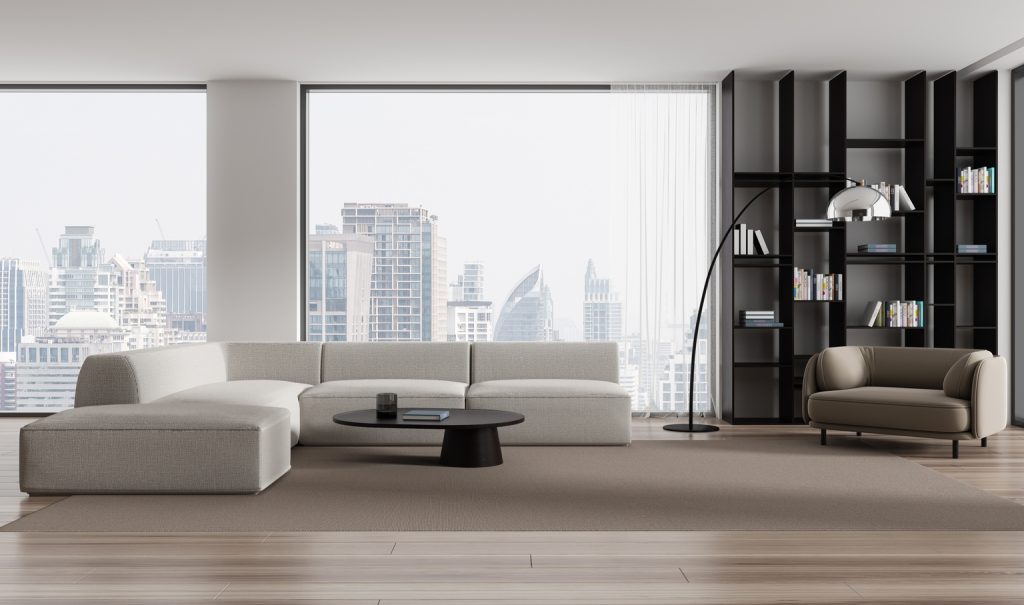
Addressing Sound Transmission in Fit-Out Projects
In multi-unit residential buildings, sound transmission between units can become a significant issue. Soundproofing walls, ceilings, and floors is critical to prevent noise from traveling between spaces. It’s essential to consider the specific construction materials used during fit-out projects.
For walls, high-density insulation, coupled with double layers of gypsum board, can effectively block noise. Incorporating a resilient channel or sound-isolating clips between drywall layers can help break the transmission path of sound. Adding a mass-loaded vinyl barrier inside the wall assembly offers additional soundproofing benefits.
Acoustic Design for Ceilings and Floors
Floors and ceilings also play a crucial role in noise mitigation. Floating floors, which separate the walking surface from the structural slab using an insulating material, reduce impact noise significantly. Carpeted flooring or soundproof underlays can also help absorb sound.
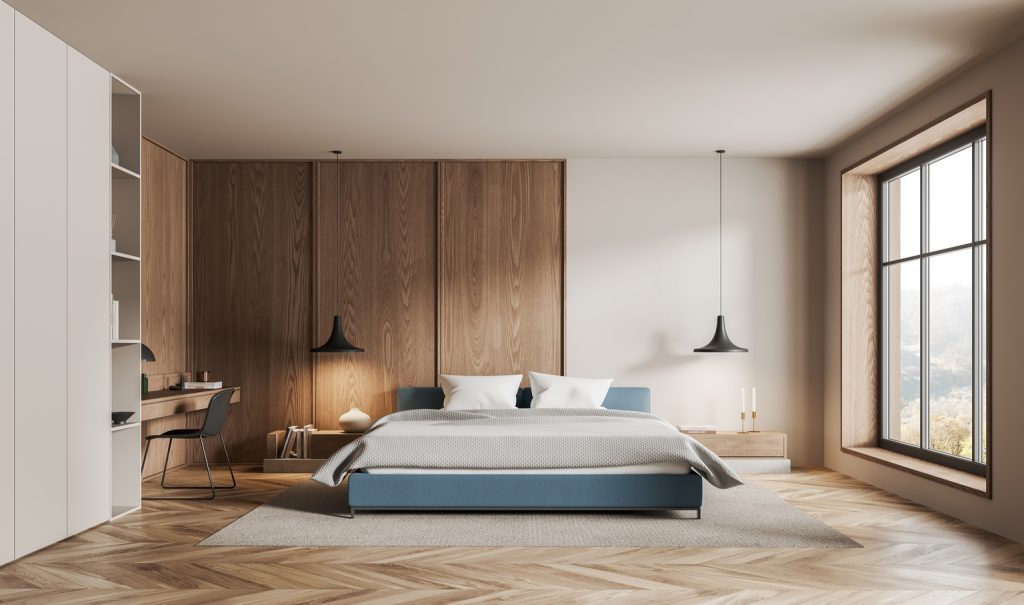
In ceilings, adding sound insulation and resilient hangers for ceilings can reduce noise transmission from upper floors. Acoustic tiles can be a practical solution for both ceilings and common areas like hallways.
Windows and Doors: Key to Reducing External Noise
Noise from outside the building, such as traffic or construction, often enters through windows and doors. Double or triple glazing windows with sealed frames are excellent for reducing external noise. These types of windows trap sound between the glass layers, preventing it from entering indoor spaces.
For doors, solid-core models with rubber seals can help minimize noise transmission. Adding a door sweep at the bottom also blocks noise from entering the space underneath the door.
Mechanical Systems and Noise Control
HVAC systems, plumbing, and elevators can be significant noise contributors in high-density residential buildings. Selecting low-noise mechanical equipment during fit-out planning helps minimize noise from these sources. Installing rubber or spring isolation mounts beneath equipment like air conditioners or water pumps reduces vibration noise.
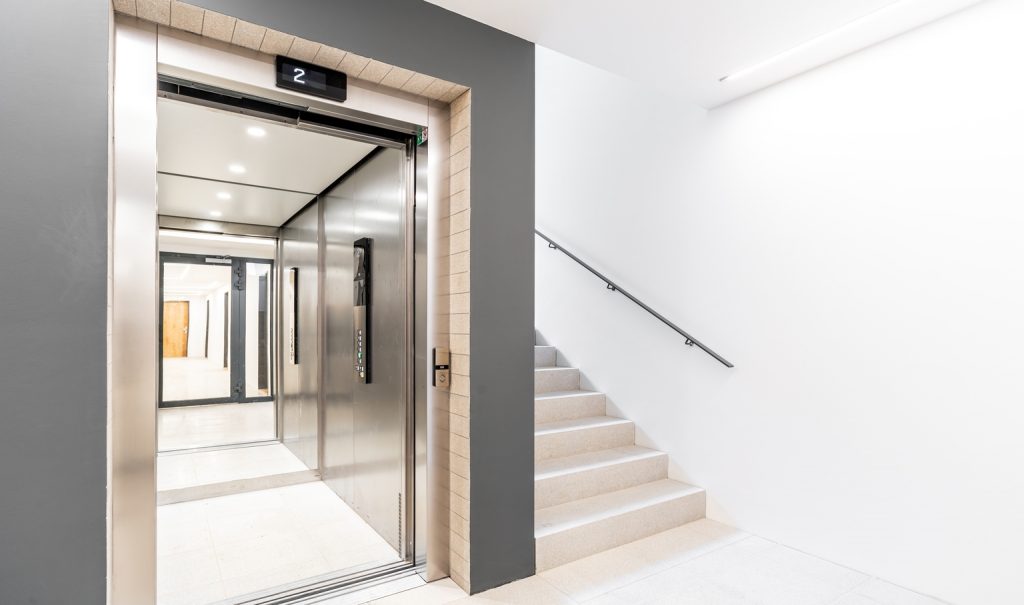
Additionally, placing mechanical rooms away from living spaces and using sound-absorbing materials around these areas ensures that noise does not spread into residential units.
The Role of Acoustic Panels and Insulation
Adding acoustic panels to walls can significantly reduce noise inside rooms, particularly in communal spaces such as living rooms or lounges. These panels absorb sound waves, preventing them from bouncing off hard surfaces and creating echo effects. While primarily used in commercial settings, acoustic panels can be designed to fit seamlessly into residential spaces without compromising aesthetics.
Specialized acoustic insulation for walls, floors, and ceilings should also be prioritized. This type of insulation not only dampens sound but also improves energy efficiency.
Noise in Common Areas and Solutions
In high-density residential projects, common areas such as lobbies, hallways, and elevators often produce a lot of unwanted noise. These spaces should be designed with materials that absorb sound. For instance, sound-absorbing ceiling tiles and wall panels reduce echo, while carpeting helps to muffle foot traffic.
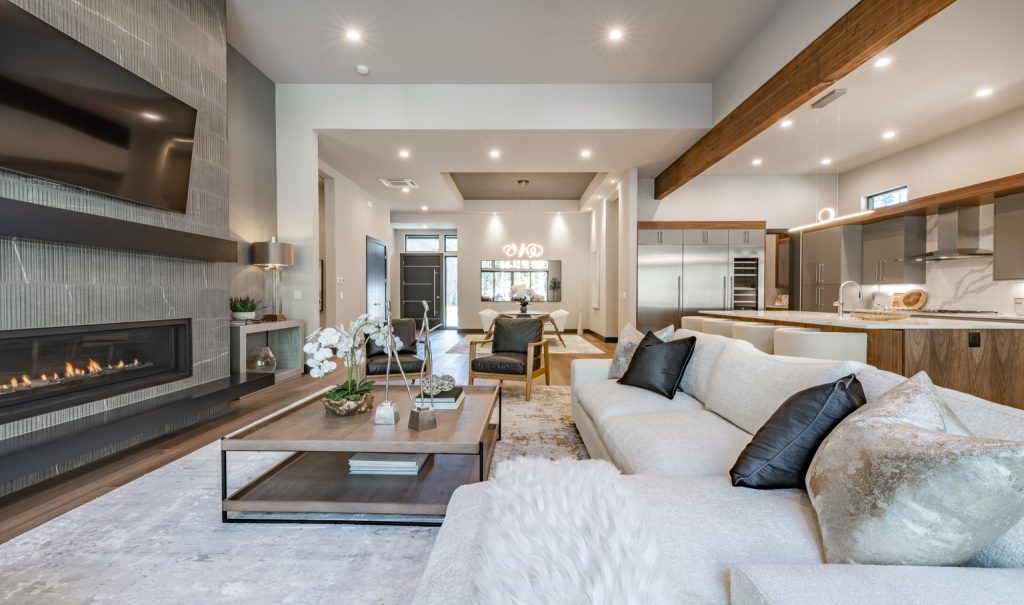
Soft furnishings, such as fabric wall coverings, rugs, and upholstered furniture, also play a role in reducing noise in communal spaces. These materials absorb sound waves and prevent noise from traveling further into living spaces.
The Importance of Early Planning
Noise mitigation should be integrated into the design phase of fit-out projects, rather than treated as an afterthought. Consulting acoustic engineers and interior designers specializing in soundproofing during the planning stages ensures that the materials, layout, and design choices align with noise reduction goals.
An early focus on noise mitigation can also save costs later in the project. Retroactive noise control measures tend to be more expensive and less effective than solutions built into the project from the beginning.
Landscaping for Noise Reduction
Outdoor spaces can also contribute to noise pollution. Adding greenery around the building’s exterior creates a natural noise barrier. Dense shrubs, trees, and sound-absorbing landscaping materials can reduce the noise that reaches residential units. Green walls, made from plants or foliage, not only provide aesthetic value but also help in dampening external noise.
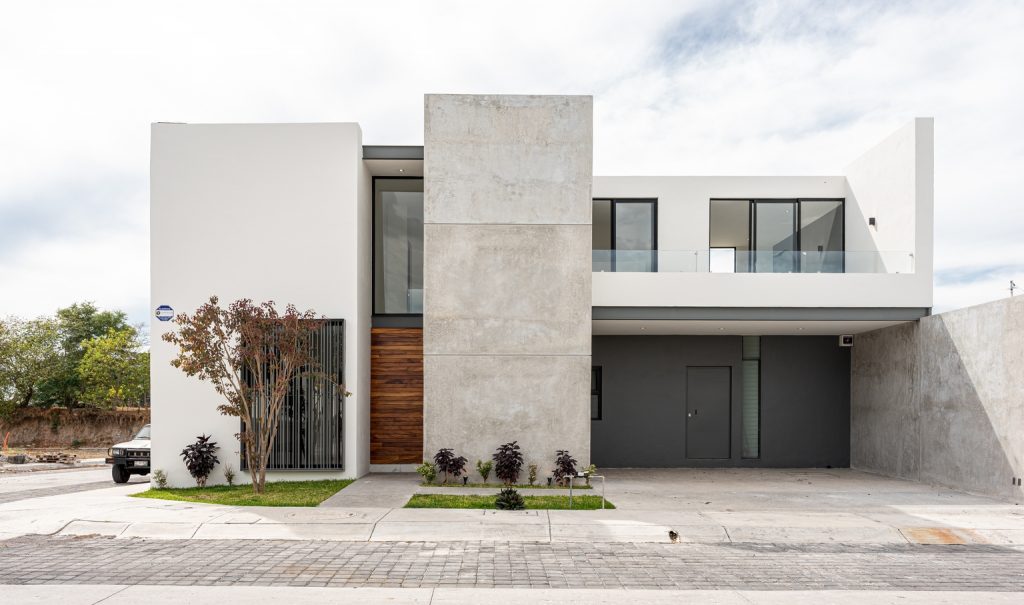
Water features such as fountains can mask unpleasant noise, creating a more peaceful environment in outdoor common areas. These are small additions that can make a substantial difference in high-density areas, where external noise is constant.
Innovative Solutions for Noise Control
Technological advancements have introduced new methods for noise mitigation. Noise-canceling materials, though more common in commercial spaces, are now being adapted for residential use. For example, special drywall with noise-dampening layers or panels embedded with sound-absorbing materials can be integrated during the fit-out process.
Double-wall construction is another innovation in soundproofing, using two separate wall structures with an air gap between them. This effectively reduces sound transmission, especially for louder noises like music or voices.
Best Practices for Long-Term Noise Control
Maintenance plays a crucial role in ensuring that noise control measures remain effective. Regularly checking the integrity of soundproofing materials, like seals on doors and windows, ensures they function as intended. Simple fixes, such as resealing windows or adding new weather stripping, can have a significant impact on reducing noise.
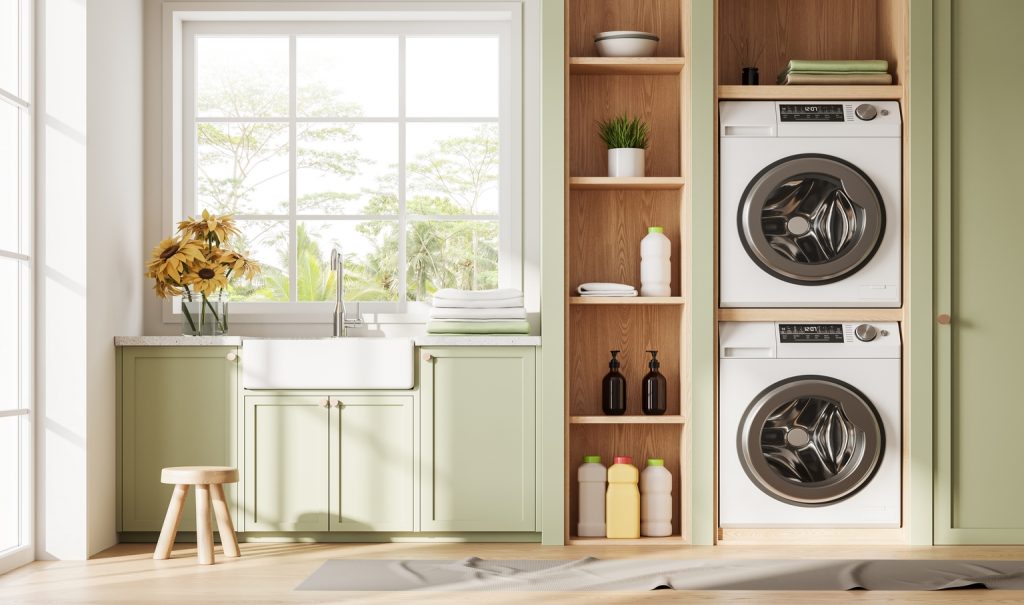
Residents should also be informed about how their behaviors affect noise levels in their buildings. Encouraging the use of soft-closing cabinet hardware and carpeted areas inside homes helps keep noise levels down, especially in shared living environments.
A Quieter Future for High-Density Living
Noise pollution mitigation in high-density residential fit-out projects is a growing concern for both developers and residents. As urban populations increase, so does the need for quieter living environments. By incorporating soundproofing solutions into every stage of the fit-out process, developers can ensure a higher quality of life for residents.
High-density residential projects benefit greatly from thoughtful design and material selection that reduces noise levels. Ultimately, creating peaceful, quiet spaces improves the overall experience of urban living, making it possible to enjoy the vibrancy of city life without the constant disturbance of noise.
Contact Us
For high-density residential fit-out projects that prioritize comfort and quality, expert noise mitigation strategies are essential. Explore how our team can create a quieter, more enjoyable living environment for your next project.
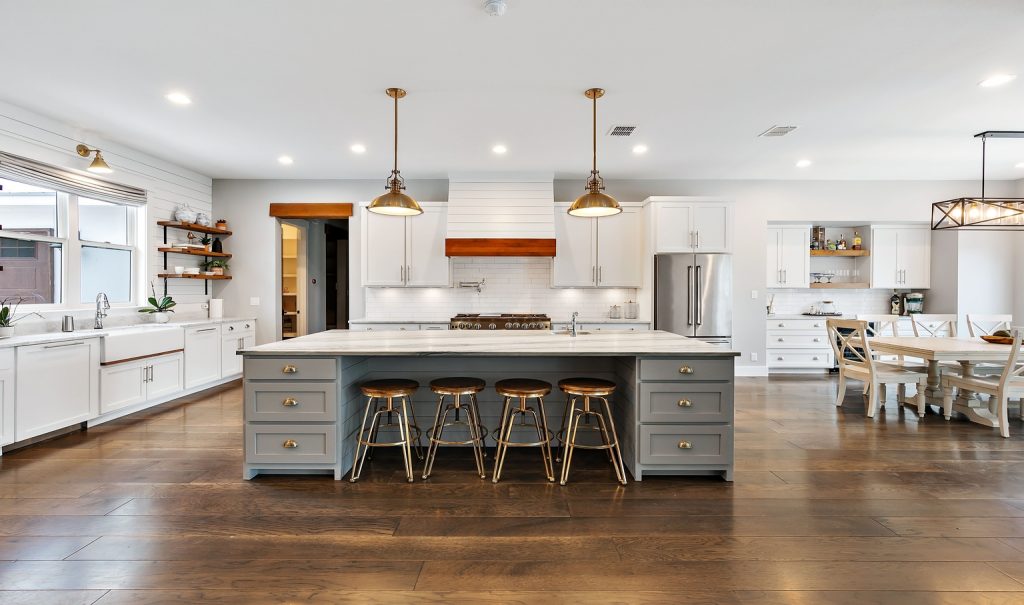
Contact us today to learn more about our customized solutions for your construction or interior fit-out projects.

